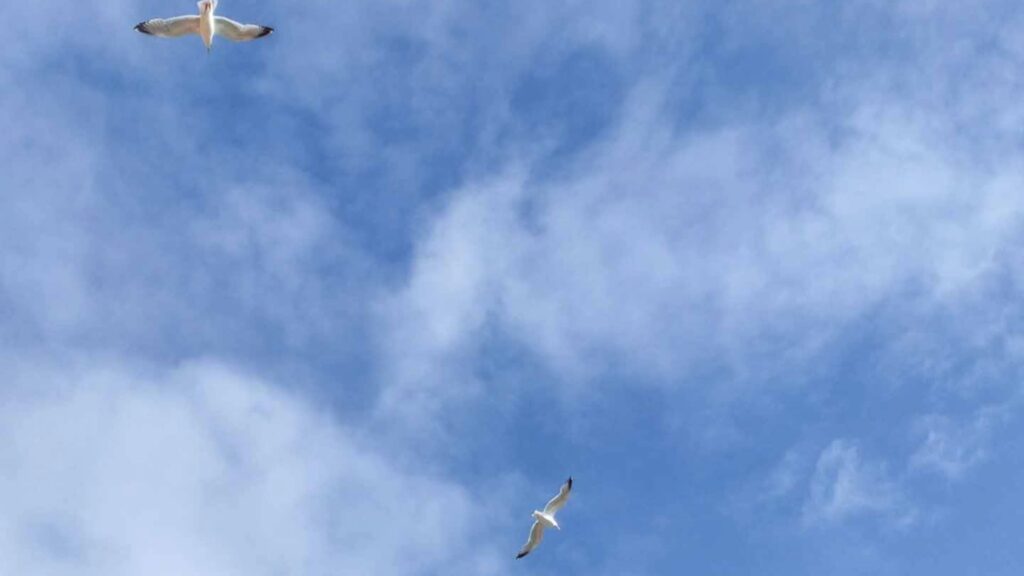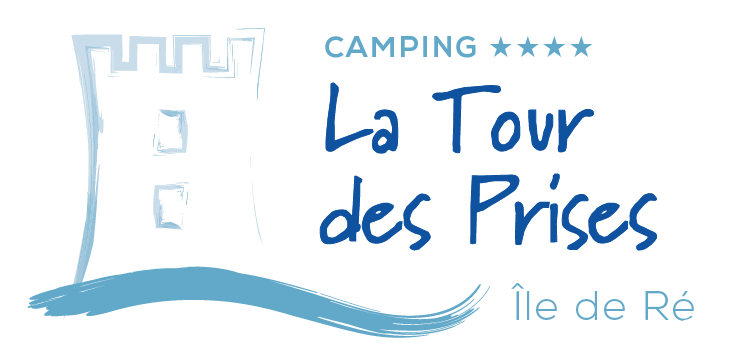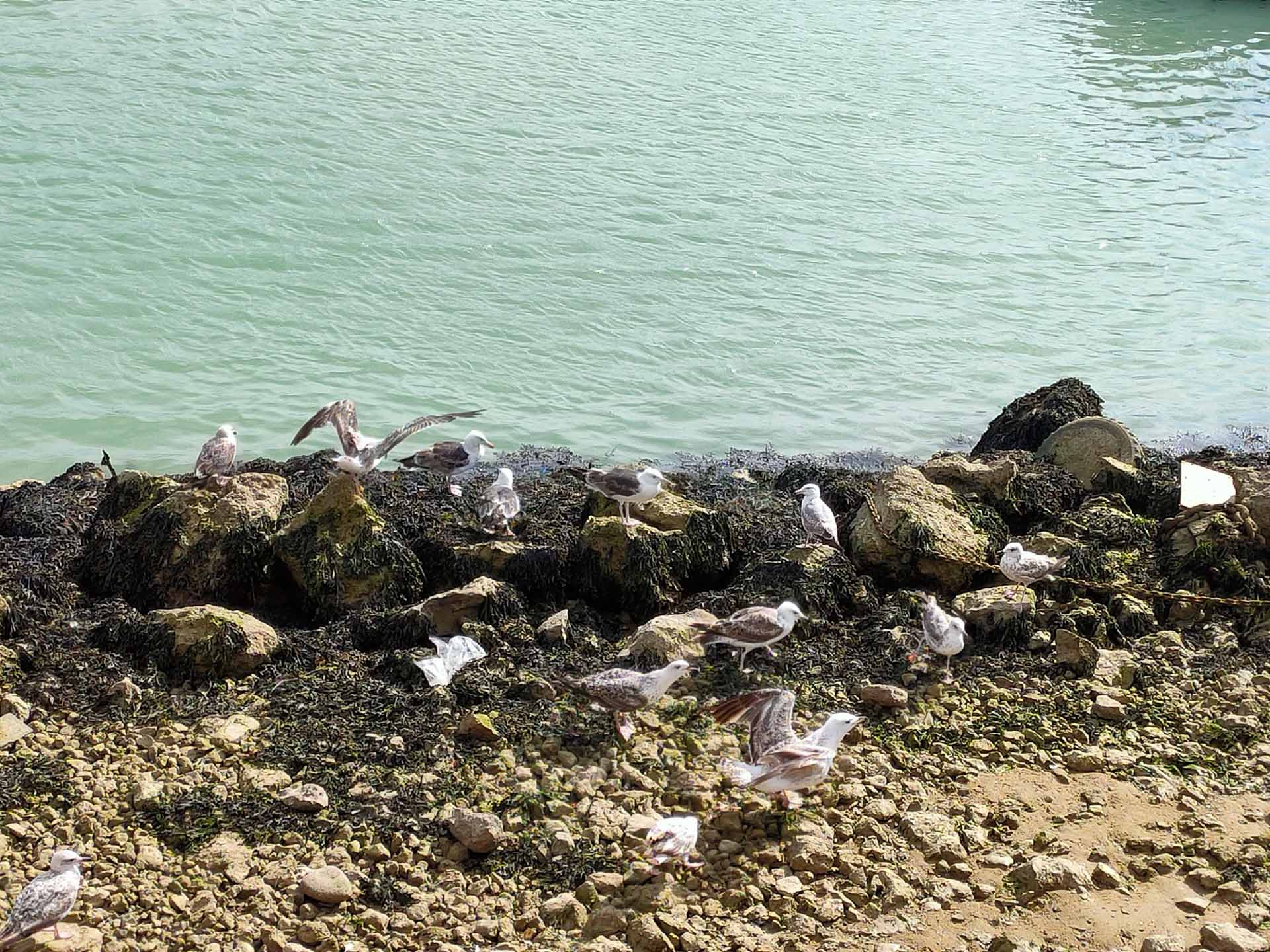The Ile de Ré is well known for the unique beauty of its landscapes, beaches and cycle paths. It is also renowned for its exceptional natural heritage, particularly in terms of birdlife. The Rhaeto-Rhine area is an ideal observation ground for birdwatchers, and discovering the birds that nest in this paradise will delight young and old alike. So, if you want to see cormorants on the Ile de Ré, now’s the time to find out where they’re hiding!

Lilleau des Niges Nature Reserve, a haven for birds
Thousands of birds, both migratory and sedentary, can be admired near our campsite on the Ile de Ré: waders, ducks, brant, cormorants and more. Migratory birds arrive en masse during the cold season, between autumn and winter. The island is home to the Maison du Fier, a museum dedicated to the natural heritage of the Retais region, and the Lilleau des Niges nature reserve managed by the League for the Protection of Birds (LPO).
A LPO guide will provide you with a pair of binoculars to watch the birds in their natural environment. He’ll tell you all about the birds’ way of life, their behavior and the migratory phenomenon, as well as the various seaweeds, shellfish and other natural treasures that inhabit the foreshore. You’ll see many cormorants, large seabirds with black plumage that, depending on the species, may or may not be migratory. The cormorant groups together several different bird species (great cormorant, crested cormorant, etc.) and dives underwater to catch fish. These birds come from all over the Ile de Ré and gather before dark in the Lilleau des Niges Reserve.
The La Lasse site in Loix for cormorant watching
To see the cormorants on the Ile de Ré at close quarters in the heart of nature, the LPO invites you to visit La Lasse, a remarkable ornithological site in Loix. Its ideal location has made it a haven for a host of bird species. The site lies between mudflats and rocky foreshore, natural habitats for marine animals.
Cormorants, oystercatchers, passerines, wild geese and a host of other migratory birds arrive from the north and flock to the Ile de Ré for the winter. When the tide rises, these heavenly creatures gather. This is an exceptional opportunity to observe them. There’s a whole biodiversity for you to discover, so you can spend a wonderful time feeling at one with nature. Grab your binoculars and set off to meet the cormorants!

